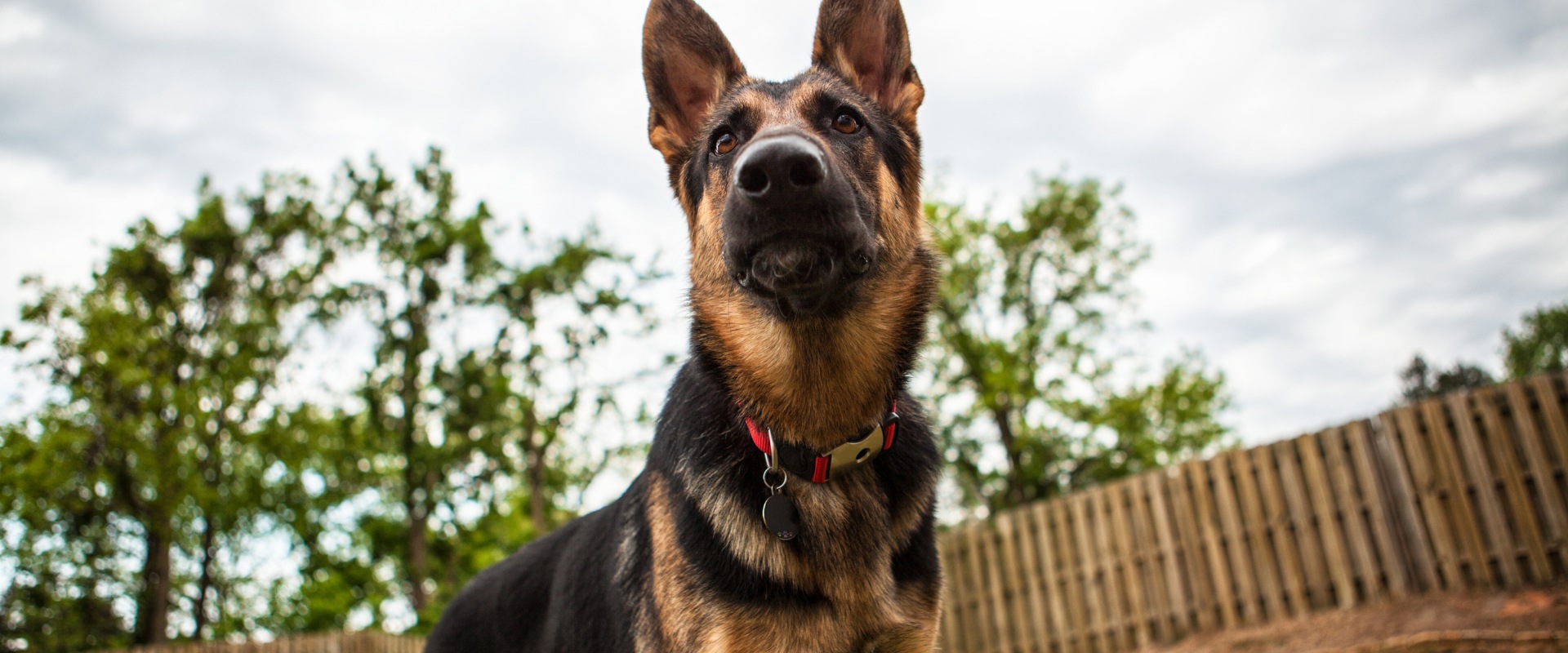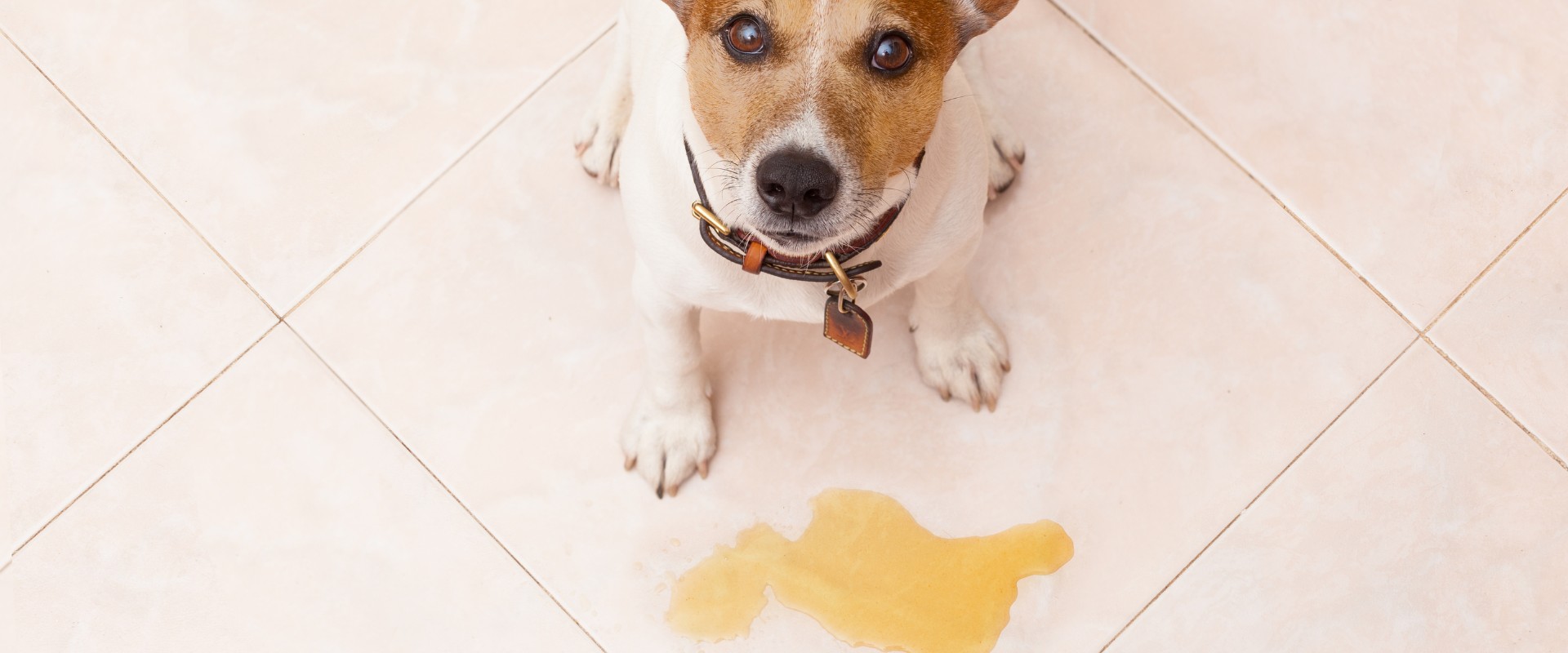Training Your Dog for Protection: A Responsible Approach
The idea of having a loyal canine companion who watches your back is undeniably appealing. But before embarking on the journey of training your dog for protection, it’s crucial to approach it with responsibility and understand the complexities involved. Here’s a comprehensive guide to navigate this important decision:
Before You Begin:
- Consider the Need: Assess your actual security needs. Is it personal protection on walks, home security, or deterring unwanted visitors? A barking deterrent might be enough for some situations, while others might require professional training.
- Breed Selection: Not all breeds are suited for protection work. Research breeds known for their temperament, trainability, and protective instincts. Some popular choices include Dobermans, Rottweilers, German Shepherds, and Belgian Malinois.
- Legal and Ethical Considerations: Check local laws and regulations regarding guard dogs. Understand the liability issues involved and ensure your choice aligns with ethical dog ownership principles.
Building a Solid Foundation:
- Obedience Training: Before entering protection training, your dog needs a strong foundation in basic obedience commands like sit, stay, come, and heel. This ensures control and prevents unintended aggression.
- Socialization: A well-socialized dog is less likely to react negatively to unfamiliar people or situations. Expose your dog to various environments and people from a young age.
- Impulse Control: Teach your dog frustration tolerance and self-control through exercises like delayed gratification and leave-it commands. This helps them focus on tasks and avoid overexcitement.
Introducing Protection Training:
- Seek Professional Guidance: Enlist the help of a qualified and experienced protection dog trainer. DIY training is risky and can lead to unpredictable behavior.
- Positive Reinforcement: The best protection programs use positive reinforcement methods to build confidence and encourage desired behaviors. Harsh training methods can damage your bond and create fear-based aggression.
- Controlled Scenarios: Training happens in controlled environments with safety measures in place. Gradually increase the difficulty and intensity of simulations as your dog progresses.
Remember:
- Protection training is not a quick fix. It’s a long-term commitment requiring consistent training, dedication, and ongoing maintenance.
- Not every dog is suitable for protection work. Some dogs lack the temperament or drive for such training, and forcing them can be detrimental.
- Responsible ownership is paramount. A protection dog is a powerful tool, and ensuring responsible ownership through proper training and socialization is crucial to prevent potential harm.
The Takeaway:
Training your dog for protection can be a rewarding experience, but it requires careful consideration, responsible decision-making, and dedicated effort. By prioritizing your dog’s well-being, seeking professional guidance, and prioritizing ethical methods, you can build a strong, confident companion who provides security and peace of mind.

Recommended tools for training
When training your dog for protection, the tools you use should be chosen carefully and used responsibly under the guidance of a qualified professional. Here are some essential tools for each stage of the training process:
Obedience Training:
- Treats and toys: Positive reinforcement is key, so stock up on rewards your dog loves!
- Leash and collar: Choose equipment that’s comfortable and durable for controlled walks and exercises.
- Clicker (optional): This auditory marker can help pinpoint precise moments of desired behavior for effective reinforcement.
Socialization:
- Harness and ID tag: Ensure safety and identification during outings to various environments.
- Treats for socialization: Reward calm and friendly interactions with new people and animals.
- Clicker (optional): This can also be helpful in marking positive interactions during socialization exercises.
Impulse Control:
- Puzzle toys and chews: Provide mental stimulation and encourage self-control while occupying the dog.
- Tethered toys and games: Play games that involve delayed gratification and waiting for cues.
- Clicker (optional): Mark moments of patience and self-control for precise reinforcement.
Protection Training (under professional guidance):
- Bite sleeves and suits: Durable equipment allows the trainer to simulate attack scenarios safely.
- Agitation tools: Decoys and props might be used to create controlled scenarios requiring protective responses.
- Long lines and collars: Maintain control and safety during training exercises.
- Muzzles (optional): Used responsibly as needed for safety during specific training moments.
Remember:
- Always use tools under the guidance of your professional trainer. Never use tools for unsupervised training or punishment.
- Prioritize ethical and positive reinforcement methods. Avoid harsh tools or techniques that can damage your bond with your dog and create fear-based aggression.
- Focus on building a strong foundation in obedience and socialization before introducing protection work.
While these tools can be helpful in the hands of a qualified professional, they are not replacements for proper training and responsible ownership. Remember, the most important tool is a positive and patient approach that emphasizes your dog’s well-being and builds a strong, trusting relationship.



